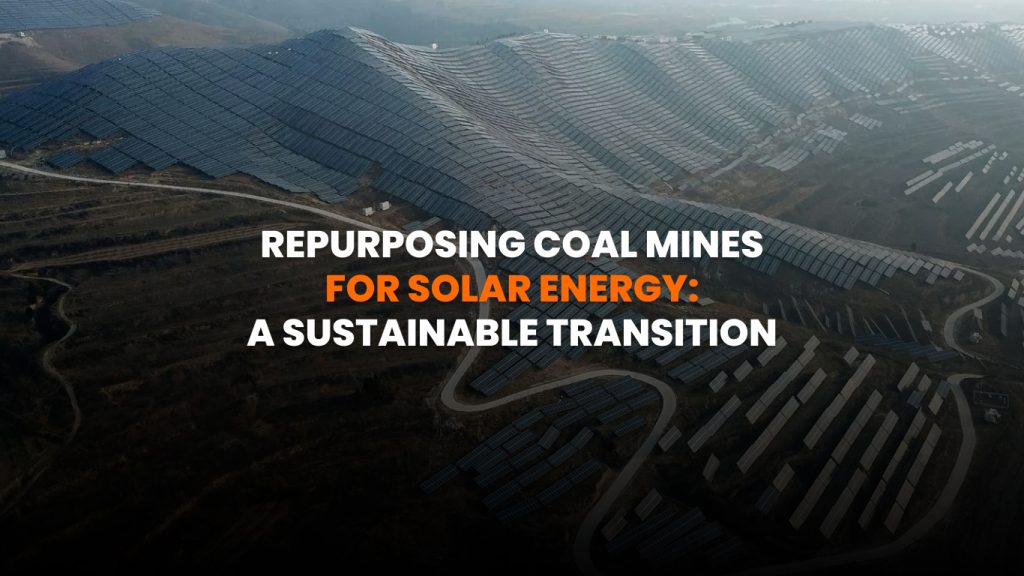The global energy landscape is undergoing a significant transformation as countries seek sustainable alternatives to fossil fuels. An innovative approach gaining traction is the conversion of decommissioned coal mines into solar energy farms. This strategy not only addresses the challenges of land availability for renewable energy projects but also contributes to environmental remediation and economic revitalization.
According to a report by Global Energy Monitor (GEM), over 300 surface coal mines that have recently ceased operations could collectively support approximately 103 gigawatts (GW) of photovoltaic solar capacity. Additionally, upcoming closures of large-scale coal operations could provide an additional 185 GW of solar potential. This combined capacity represents about 15% of the current global solar capacity, equating to the energy needs of a country the size of Germany for a year. (ndtv.com, euronews.com)
sunhub_products
The advantages of repurposing coal mines for solar energy are multifaceted. These sites are often located near existing electrical grids, reducing the infrastructure costs associated with new renewable energy projects. Moreover, utilizing abandoned coal mines for solar installations can mitigate environmental hazards associated with derelict mining sites, such as soil contamination and habitat destruction.
China has been at the forefront of this initiative, with 90 mine-to-solar conversions already completed, totaling 14 GW of capacity, and an additional 9 GW in development. These projects have not only contributed to the country’s renewable energy goals but have also provided economic opportunities in regions affected by the decline of the coal industry.
In India, the potential for such conversions is also significant. The country ranks fourth globally in terms of estimated solar potential from coal mines, with 63 sites identified that could collectively provide 27.11 GW of solar capacity. These sites span a total area of 546.76 square kilometers, offering substantial opportunities for renewable energy development.
However, the transition from coal to solar energy is not without challenges. Repurposing coal mines requires addressing issues such as land ownership, environmental remediation, and the adaptation of existing grid infrastructure to accommodate the variable nature of solar power. Additionally, the initial costs associated with converting these sites can be substantial, necessitating investment and policy support.
Despite these challenges, the potential benefits of coal-to-solar conversions are compelling. They offer a pathway to reduce greenhouse gas emissions, reclaim degraded lands, and create new economic opportunities in communities transitioning away from coal dependence. As countries continue to pursue their renewable energy targets, repurposing coal mines for solar energy presents a viable and sustainable solution to meet growing energy demands while addressing environmental concerns (globalenergymonitor.org, datainsightsmarket.com)

